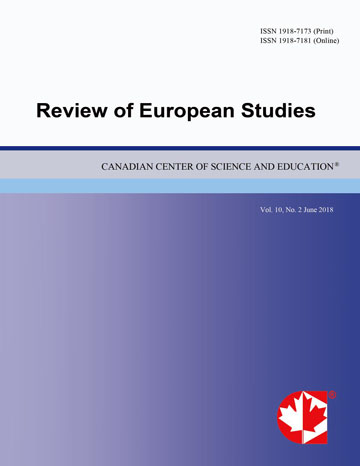Investigation of LSF Structure Effect on Economy and Sustainable Housing in Iran. Case Study: 50m2 Units
- Davod Baradaran Tavakoli
- Negin Bareshadat
- Maryam Tafrishi
- Ehsan Abbaspour
Abstract
Housing is an important element in government’s broad social agenda. This element overlaps employment, health, education, crime and many other aspects of life. We can say housing is stable, when everyone has access to a minimum house, social cohesion promotes and people’s lives improve toward self-reliance. On the other hand, designing stable buildings is aimed to reduce its damage on environment, energy resources and nature that requires spending to build housing, however, due to high cost of housing, poor sectors of society cannot buy house, while government has to provide house for all sectors in society. Assuming that LSF structures promote stability, this study is aimed to structural search to build urban buildings, which is responsive to sustainable architecture and can be justified economically. This study is analytical and based on library studies and comparative analogy tries to answer questions such as: how to use LSF structure in designing buildings in order to reduce their cost, and whether these structures is affordable across the country based on variety of building regulations in cities. In this regard, in order to examine LSF technology in construction and comparing it with conventional construction methods, we investigate and calculate 50 square meters one-bedroom apartments. Our conclusion indicates that using this technology in addition to positive response to sustainable architecture, increases the ability to buy a home, as well as strength and durability of these structures compared to conventional constructions in different environmental conditions and earthquake.
 PDF
PDF
